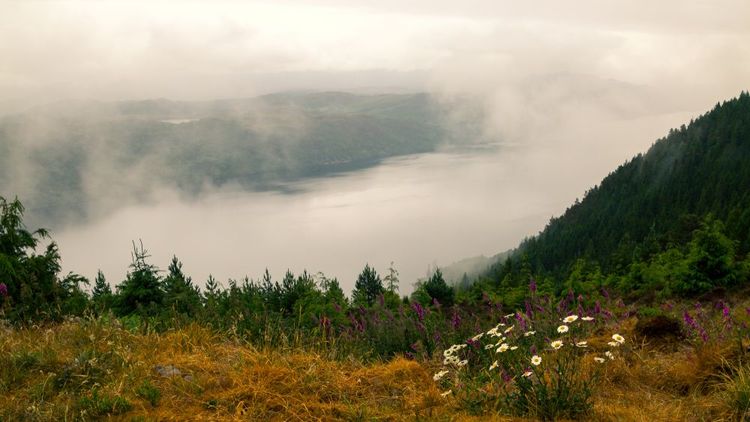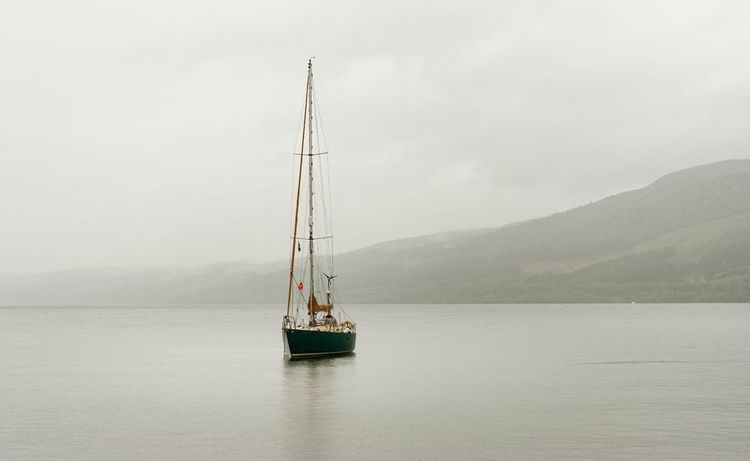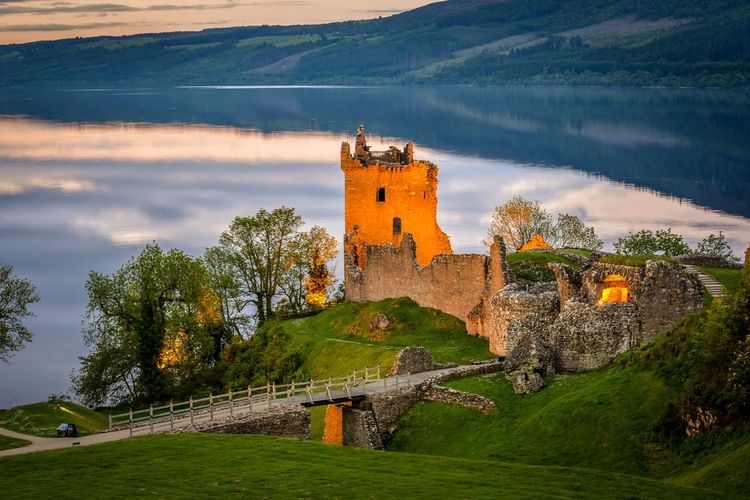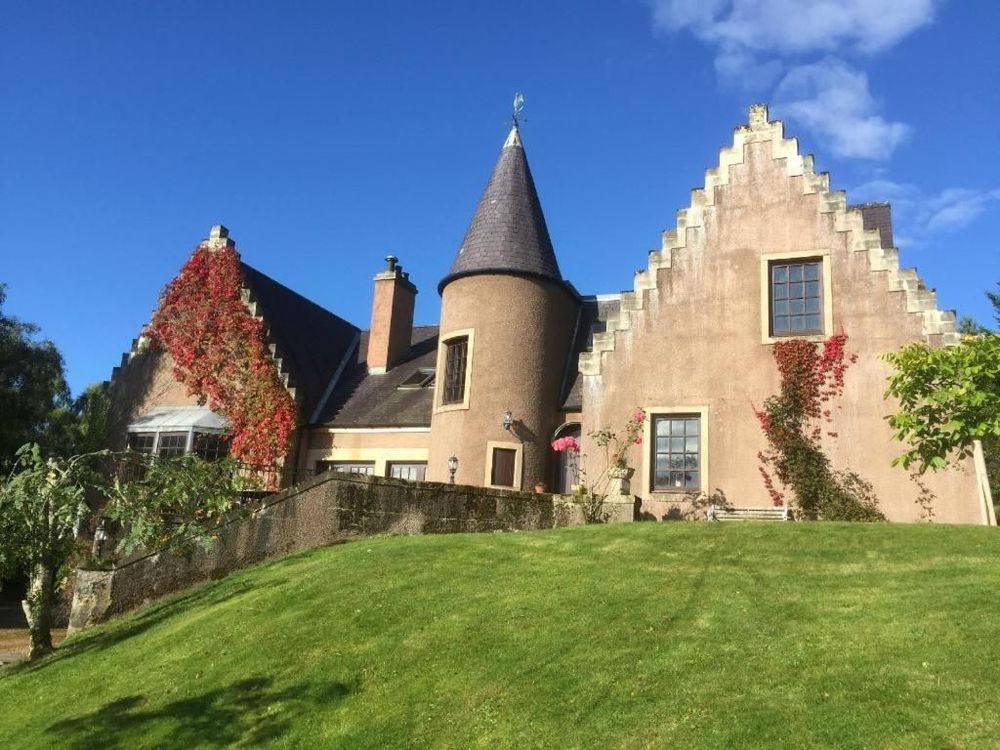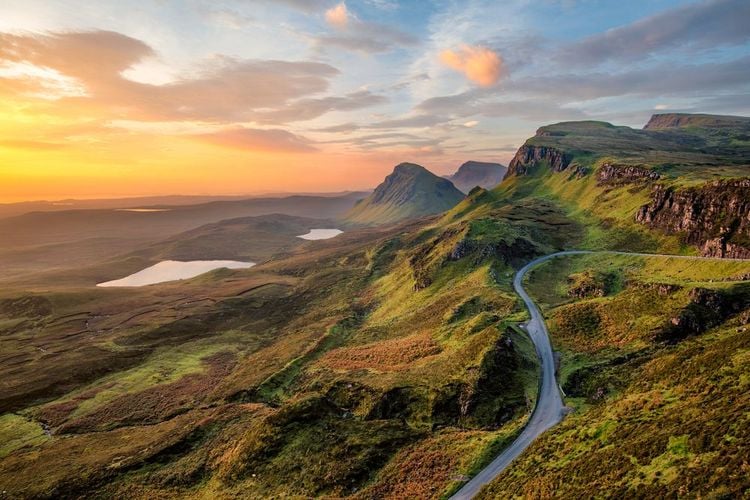The history of the loch is of course tied to its infamous rumored inhabitant, the Loch Ness Monster. Scottish folklore abounds with mythical sea and water creatures, but Nessie is undoubtedly its most notorious. Legends of a monster residing deep within the shadowy waters of the loch date all the way back to ancient times. There are Pict stone carvings that depict a mysterious sea creature in the loch. The first written account of a Nessie sighting appears in a 6th-century biography of St Columba. According to its author, in 565 AD, a “water beast” bit a swimmer, then dragged him down to the depth of the loch and was readying itself to attack another man when the saint intervened, ordering the beast: “Go no further. Do not touch the man. Go back at once.” The monster obeyed and swam away. Of course, the reliability of this narrative has been put into question over the centuries that followed.
After that, no other sightings were officially reported until 1888 when Alexander MacDonalds said he saw a “a large stubby-legged animal” emerging from the loch and then in 1933 when Alex Campbell published the famous article which renewed interest in the monster in The Inverness Courier about Aldie MacKay’s sighting of a “beast” or a “whale-like fish” emerging from the loch. Widespread public fascination with the creature was cemented when that very same year, a man named George Spicer, along with his wife reported seeing "a most extraordinary form of animal" cross the road in front of them as they passed the loch. Since 1933, many other Nessie sightings have been reported and people describe her with similar, dinosaur-like features which include a very long and narrow neck, a large body, and with one or more bumps peeking out of the water.
In 1934, the Daily Mail published a photo of the creature supposedly taken by Robert Kenneth Wilson (which has since been identified as a hoax) which left many to believe the monster was a plesiosaur, a marine reptile which went extinct around 65.5 million years ago.

